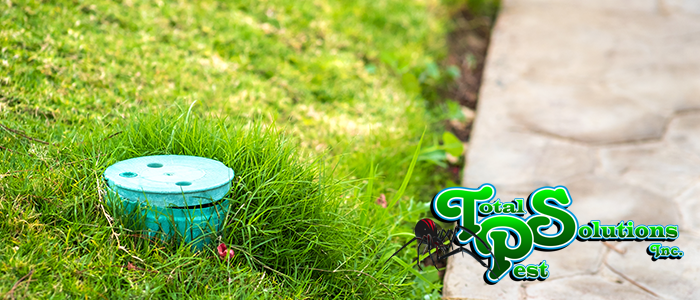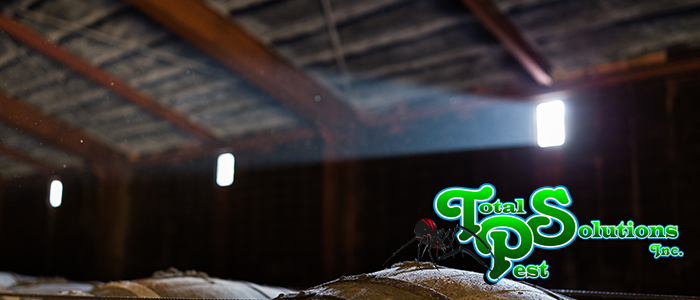
Auburndale’s Mole Cricket Damage: Repairing Turf Before Frost
As the days shorten and temperatures dip in Auburndale, Florida, homeowners often focus on preparing their landscapes for the cooler months. However, before frost arrives, it’s crucial to address existing mole cricket damage to ensure a healthy and vibrant lawn come springtime. Mole crickets, notorious for their tunneling habits, can wreak havoc on turfgrass, leaving behind unsightly patches and weakened root systems. This article provides a comprehensive guide to repairing mole cricket damage and implementing preventative measures to protect your lawn throughout the winter and beyond. Addressing lawn issues now is vital for averting disaster in the springtime, so let’s get started!
Identifying Mole Cricket Damage in Auburndale Lawns
Identifying mole cricket damage early is crucial for effective treatment. Mole crickets are nocturnal insects that tunnel through the soil, feeding on grass roots and creating shallow, meandering tunnels that disrupt the soil surface. This activity results in brown, patchy areas that can easily be mistaken for drought stress or disease. According to the University of Florida’s IFAS Extension, damage is typically most evident in the fall and spring when mole crickets are actively feeding near the surface.
To confirm mole cricket activity, perform a soap flush by mixing 1.5 fluid ounces of liquid dishwashing soap into 2 gallons of water and pour the mixture over 4 square feet of turf. If mole crickets are present, they will crawl to the surface within a few minutes. Look for distinctive signs like raised ridges, small mounds of soil, and areas where the turf feels spongy underfoot. Early detection allows you to take prompt action to minimize further damage and promote turf recovery before winter sets in.
Repairing Mole Cricket Damage Before Frost
Repairing mole cricket damage before the first frost is essential for ensuring that your turf recovers properly. Start by leveling out any uneven areas caused by mole cricket tunneling. Use a rake or shovel to smooth the soil surface and fill in any depressions. This helps to create a uniform surface that promotes even growth and prevents water from pooling.
Next, aerate the affected areas to improve soil drainage and aeration. Aeration involves creating small holes in the soil, which allows air, water, and nutrients to penetrate more easily. This is particularly beneficial for compacted soils, which are common in many Florida landscapes. After aerating, consider applying a layer of topsoil or compost to enrich the soil and provide essential nutrients for turf growth. Overseeding with a compatible grass variety can also help to fill in bare patches and promote a dense, healthy lawn.
Choosing the Right Turfgrass for Mole Cricket Resistance
Selecting the right turfgrass variety can significantly reduce the impact of mole cricket damage. Certain turfgrass species are more resistant to mole cricket feeding than others. Bahiagrass, for example, is known for its toughness and ability to withstand mole cricket activity. Zoysiagrass is another good option, as it forms a dense, resilient turf that is less susceptible to damage.
When choosing a turfgrass variety, consider factors such as soil type, sunlight exposure, and maintenance requirements. Consult with a local lawn care professional or your county extension office for recommendations tailored to your specific needs and growing conditions. By selecting a mole cricket-resistant turfgrass, you can minimize future damage and create a more resilient lawn that can withstand pest infestations. More information on turfgrass selection can be found at Alabama Cooperative Extension System’s Website.
Implementing Preventative Mole Cricket Control Measures
Preventative measures are key to minimizing mole cricket damage in the long term. One of the most effective strategies is to apply an insecticide specifically designed for mole cricket control. Granular insecticides are often preferred, as they can be easily applied to the lawn and watered in. Apply the insecticide in late spring or early summer when mole cricket nymphs are actively feeding near the surface.
Beneficial nematodes, microscopic worms that parasitize mole crickets, can also be used as a biological control method. These nematodes are commercially available and can be applied to the lawn using a sprayer. Follow the manufacturer’s instructions carefully for best results. Proper irrigation is also crucial for preventing mole cricket infestations. Avoid overwatering, as moist soil conditions favor mole cricket activity. By implementing these preventative measures, you can create a less favorable environment for mole crickets and protect your lawn from future damage. The University of Florida offers many guides, like the Mole Cricket IPM Guide, which may come in handy to reduce mole cricket damage.
Maintaining Lawn Health to Prevent Mole Cricket Infestations
Maintaining overall lawn health is essential for preventing mole cricket infestations. Healthy turf is better able to withstand pest damage and recover more quickly. Regularly fertilize your lawn with a balanced fertilizer, following the recommendations for your specific turfgrass variety. Conduct a soil test to determine any nutrient deficiencies and amend the soil accordingly.
Proper mowing practices are also crucial. Avoid mowing too short, as this can stress the turf and make it more susceptible to mole cricket damage. Mow at the recommended height for your turfgrass variety and use a sharp mower blade to prevent tearing the grass blades. By maintaining a healthy, vigorous lawn, you can reduce the likelihood of mole cricket infestations and promote long-term turf health.
Conclusion: Protecting Your Auburndale Lawn from Mole Crickets
Repairing mole cricket damage before frost is vital for ensuring a healthy and vibrant lawn in Auburndale. By identifying damage early, implementing repair strategies, choosing the right turfgrass, and adopting preventative control measures, you can protect your lawn from these destructive pests. Remember to prioritize lawn health through proper fertilization, mowing, and irrigation practices.
Taking these steps will help you maintain a beautiful and resilient lawn that can withstand the challenges of the Florida climate and pest pressures. Preventative lawn maintenance is vital to prevent lawn pests like mole cricket damage. For expert lawn care services and mole cricket control solutions, contact Total Pest Solutions today!
continue reading
Related Posts
Lakeland’s Fall Termite Swarms: Early Detection Tips As the summer
Winter Lawn Fertilization in Haines City: Timing for Spring Success
Davenport’s Overwintering Pest Threats: Attic and Garage Solutions As temperatures






